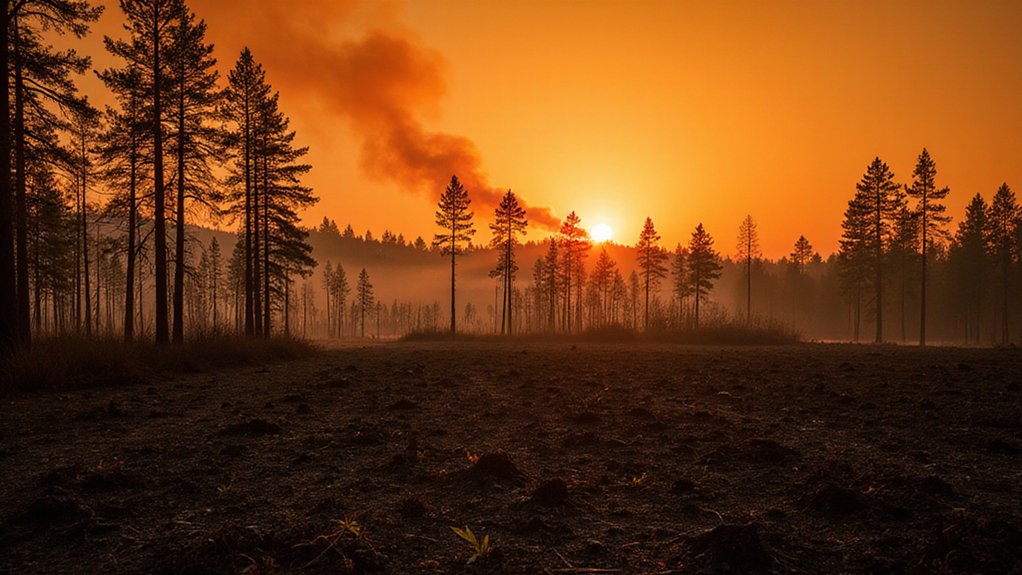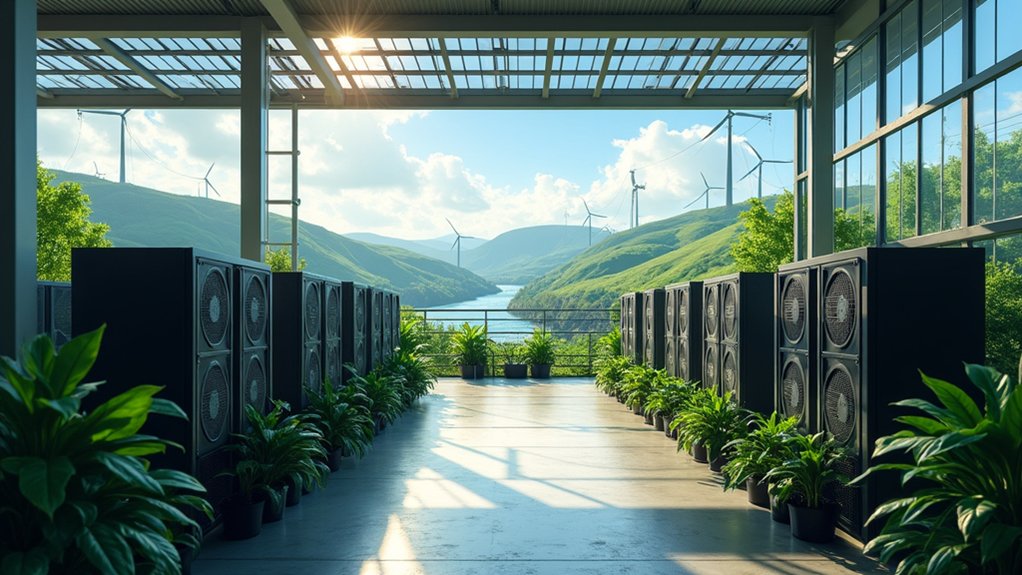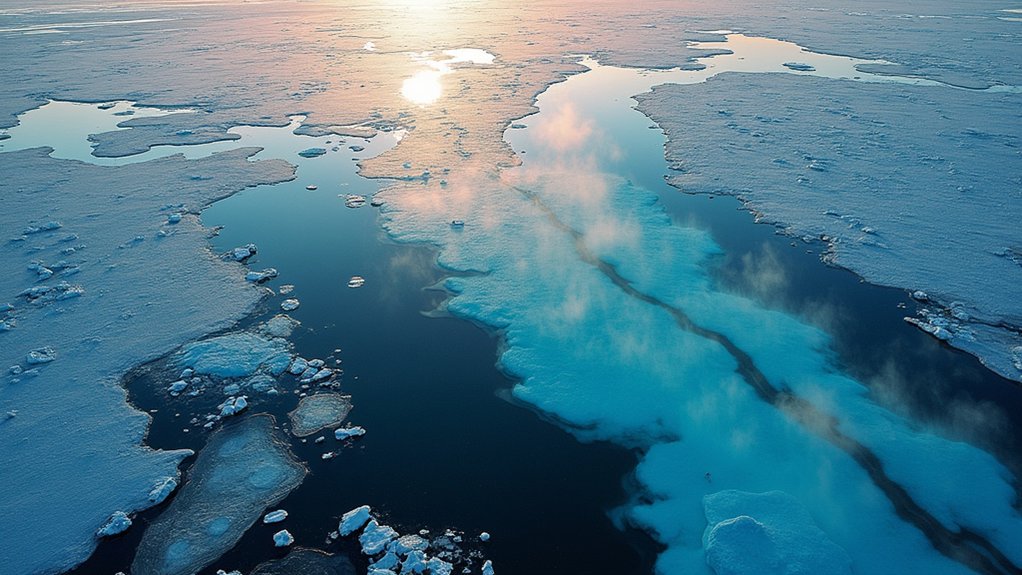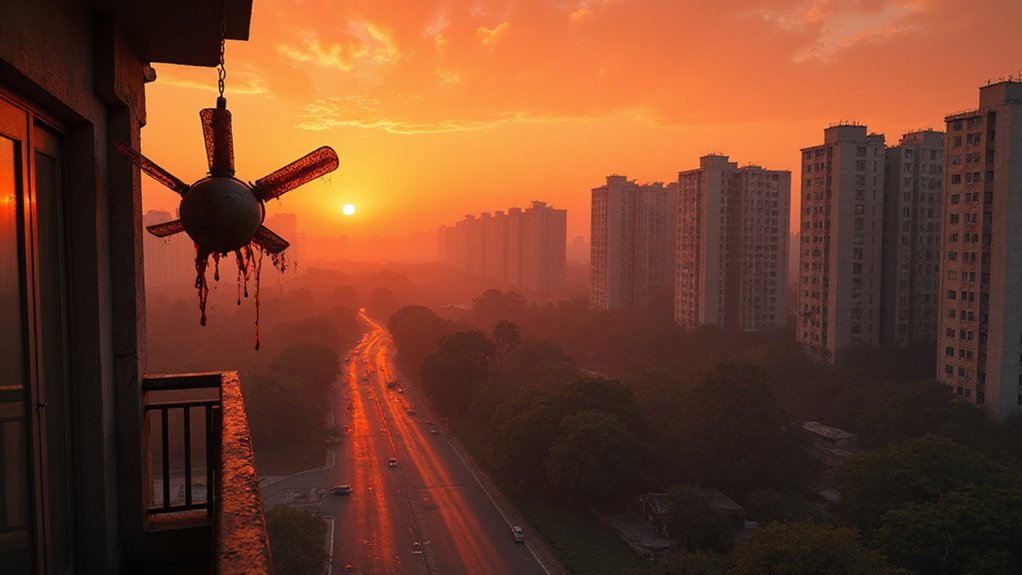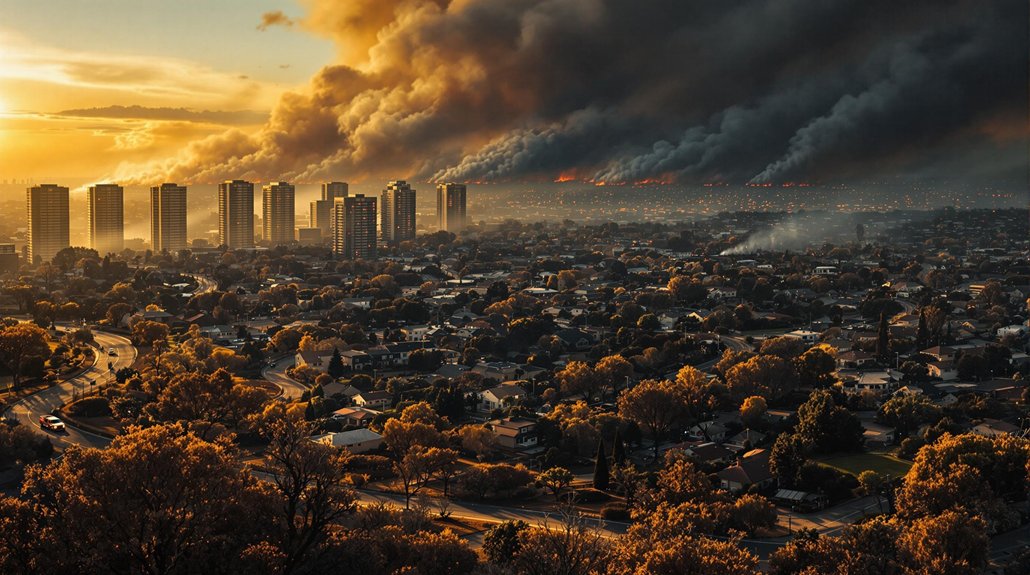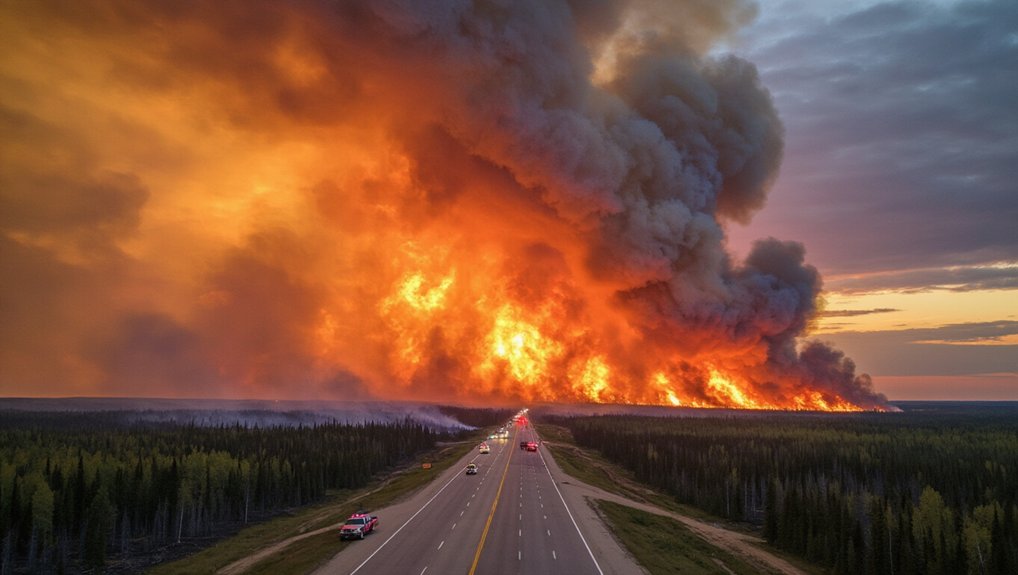The Northeast faces unprecedented climate challenges as extreme weather becomes the new normal. Precipitation has skyrocketed 71% since the mid-90s, while paradoxically, record droughts persist. Farmers battle “agricultural whiplash” with fields flooding one month, parched the next. Winters aren’t winters anymore, marine ecosystems are shifting, and infrastructure can’t keep up. The recent New Jersey wildfires? Just another symptom of a region on climate’s front lines. The worst may be yet to come.
Why is the Northeast facing climate challenges unlike anywhere else in the United States? Simple. The region leads the nation with a staggering 71% increase in extreme precipitation since the mid-1990s. No other area comes close to its 60% rise in days with extreme rainfall. Yet somehow, record droughts happen simultaneously. Make it make sense.
These aren’t just statistics on paper. They’re wreaking havoc on farms across the region. Fields too wet to work. Crops killed by drought the next month. The top two agricultural killers in the Northeast? Excessive rainfall and drought. Because farmers apparently needed more unpredictability in their lives.
Northeast farmers now battle a climate contradiction: fields drowning one month, parched the next—nature’s new normal of agricultural whiplash.
Meanwhile, winters aren’t what they used to be. Remember snow days? Those are becoming vintage memories. Unusually warm winters have become the new normal, tricking plants into breaking dormancy early. Then—surprise!—late frosts swoop in and destroy crops. Winter temperatures are warming faster than any other season in the Northeast. Nature’s cruel joke.
The ocean isn’t faring any better. Warming waters are sending marine species packing, relocating like retirees to more comfortable climates. Ocean acidification threatens shellfish populations. Bad news for anyone who enjoys seafood that isn’t imported from halfway around the world.
Infrastructure built decades ago never anticipated these conditions. Flooding overwhelms outdated drainage systems in urban areas. Drinking water facilities face contamination risks. Coastal facilities battle the double whammy of rising seas and stronger storm surges. Engineers are scrambling to adapt systems designed for a climate that no longer exists.
Public health concerns are mounting too. More flooding means more waterborne diseases. More heatwaves mean more heat-related illnesses. Communities are racing to develop emergency preparedness plans for disasters that were once considered rare. Transitioning to renewable energy could help mitigate these escalating climate impacts, though the estimated $110 trillion global price tag represents both a challenge and necessary investment.
The Northeast is fundamentally experiencing climate change on steroids. The region stands as America’s canary in the climate coal mine. And if recent trends continue, that NJ wildfire won’t be the last frightening path burned through the region’s future.
References
- https://www.nrcc.cornell.edu/services/blog/2023/11/15/index.html
- http://toolkit.climate.gov/region/northeast
- http://www.climatehubs.usda.gov/hubs/northeast/topic/climate-risks-northeast
- https://www.fisheries.noaa.gov/new-england-mid-atlantic/climate/climate-change-northeast-us-shelf-ecosystem
- https://www.epa.gov/sites/default/files/2016-07/documents/northeast_fact_sheet.pdf
